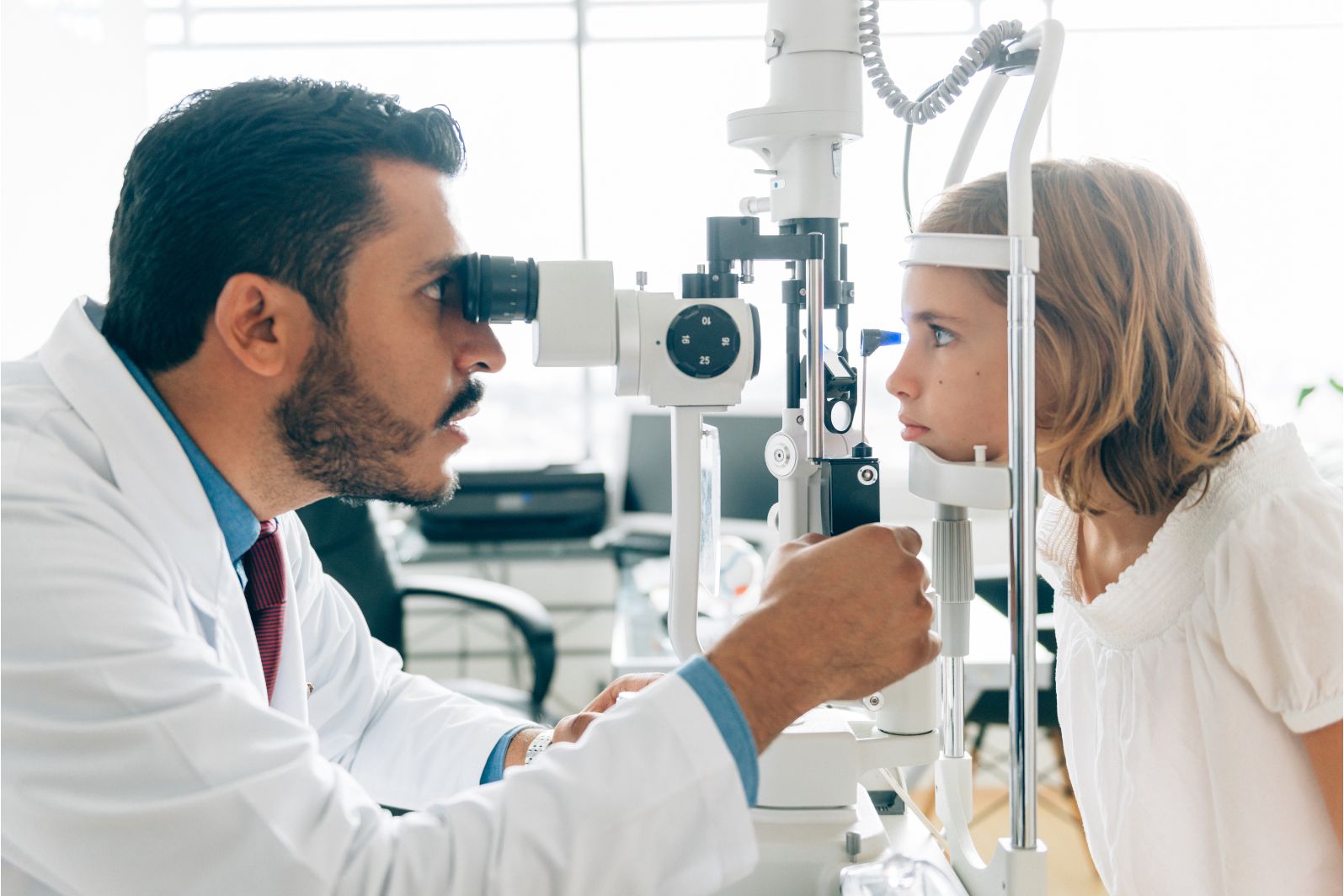Living with low vision can present a unique set of challenges that impact daily life. Various low vision diseases can affect individuals, causing a range of visual impairments. In this comprehensive guide, we’ll delve into the world of low vision diseases, discussing their causes, symptoms, available treatments, and tips for managing life with reduced visual capabilities.
Low vision diseases can have a profound impact on an individual’s quality of life. This guide aims to provide a comprehensive overview of these conditions and offer insights into managing and adapting to life with reduced visual abilities.
Table of Contents
What is Low Vision?
Low vision refers to a visual impairment that cannot be fully corrected by glasses, contact lenses, medication, or surgery. While people with low vision may still have some usable vision, it is significantly compromised, making daily tasks challenging.
Common Low Vision Diseases
Several diseases contribute to low vision, including age-related macular degeneration (AMD), diabetic retinopathy, glaucoma, and retinitis pigmentosa. Each condition has distinct characteristics and affects different parts of the eye.
Causes and Risk Factors
Low vision diseases can have various causes, such as genetics, aging, eye injuries, and underlying health conditions like diabetes. Some individuals may be more predisposed to developing these conditions due to their family history or lifestyle factors.
Symptoms and Diagnosis
Symptoms of low vision diseases can include blurred or distorted vision, difficulty reading, poor night vision, and reduced color perception. Diagnosis typically involves comprehensive eye exams and specialized tests to assess visual function.
Available Treatments
While low vision diseases often have no cure, certain treatments and interventions can help manage the condition’s progression and improve quality of life. Treatments may include medication, laser therapy, and in some cases, surgical procedures.
Assistive Devices and Technology
A variety of assistive devices and technological advancements can enhance the lives of those with low vision. These include magnifiers, screen readers, digital eyewear, and smartphone apps tailored to aid individuals in daily activities.
Adapting Daily Life
Adapting to low vision involves making practical adjustments to daily routines. This might include improving lighting at home, using high-contrast materials, and organizing living spaces for easier navigation.
Coping Strategies and Support
Coping with low vision requires both internal and external adjustments. Developing positive coping strategies, seeking emotional support from loved ones, and joining support groups can significantly help individuals navigate the challenges.
Maintaining Independence
Maintaining independence is a crucial aspect of living with low vision. Learning orientation and mobility skills, using public transportation, and relying on transportation services can empower individuals to remain active and engaged in their communities.
Embracing a New Normal
Coming to terms with low vision involves embracing a new normal. This includes reframing expectations, setting achievable goals, and focusing on what can be accomplished with the available vision.
Educational Resources
Numerous educational resources and organizations are dedicated to supporting individuals with low vision. These resources provide information, guidance, and assistance to help individuals make informed decisions about their condition.
Conclusion
Living with low vision diseases can be challenging, but with the right knowledge, resources, and support, individuals can adapt, maintain their independence, and lead fulfilling lives despite their visual limitations.
FAQs
Can low vision diseases be cured?
While there may not be a cure, various treatments, and assistive technologies can help manage the condition and improve quality of life.
What is age-related macular degeneration (AMD)?
Age-related macular degeneration AMD is a common low vision disease that affects the central portion of the retina, leading to blurred or distorted central vision.
Are there support groups for people with low vision?
Yes, there are support groups and organizations that provide valuable resources and a sense of community for individuals with low vision.
Can I still enjoy reading and hobbies with low vision?
Absolutely. There are numerous adaptive tools and technologies available that can make reading and engaging in hobbies more accessible.
How can I help a loved one with low vision?
Providing emotional support, assisting with daily tasks, and encouraging them to explore assistive devices and resources can make a significant difference.
In conclusion, understanding low vision diseases, their causes, and strategies for coping and adapting can empower individuals to navigate their lives with reduced visual abilities and maintain a sense of independence and fulfillment.


